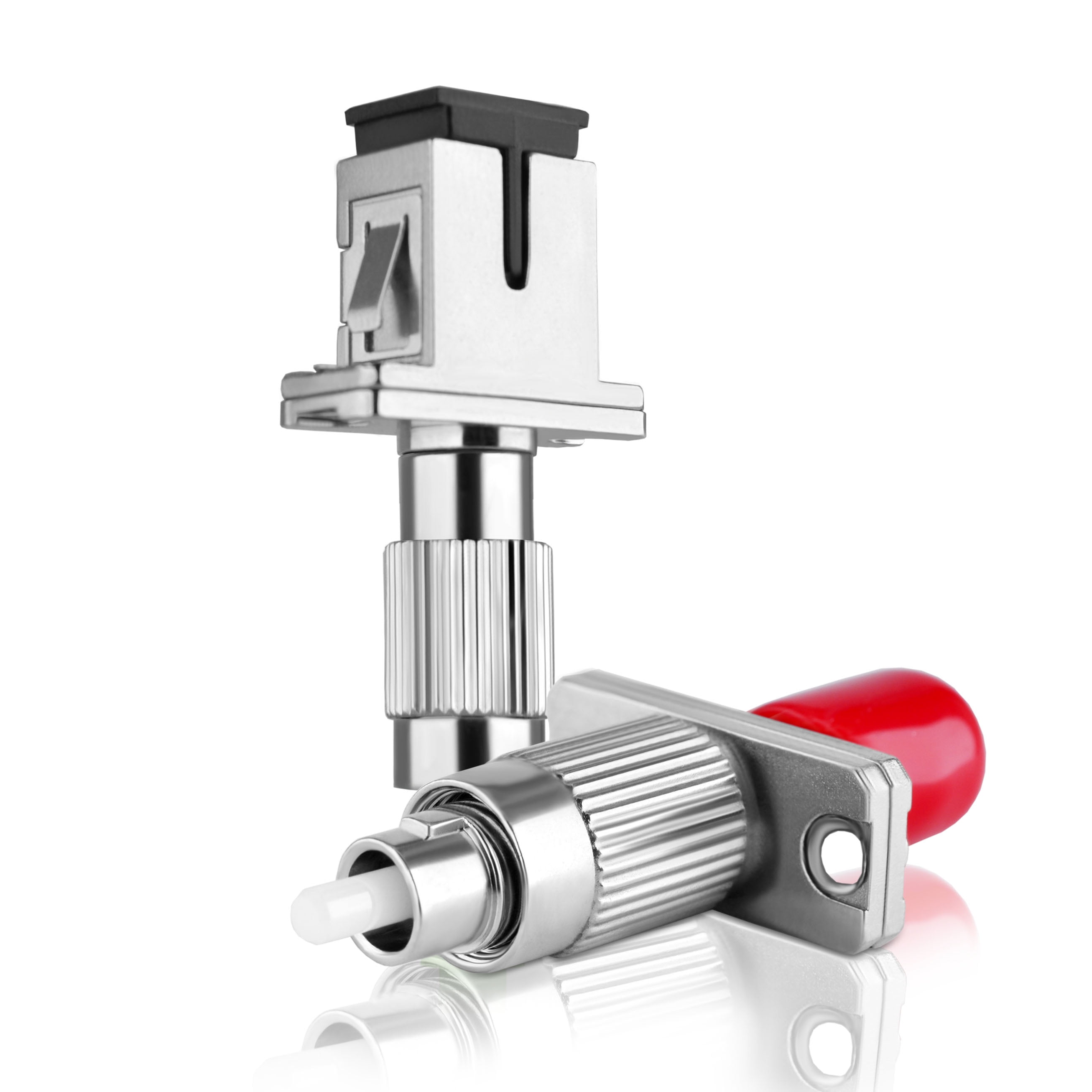

The spring design maximizes ribbon clearance for multi-fiber ribbon applications to prevent fiber damage. Within the MTP® connector, there is a metal pin clamp helping eliminate lost pins and center spring force. Additionally, flexible strain relief boots enable cables stretch in varying positions, from 0 to 90°, which greatly improve cable management in tight-space configurations. The MTP® connector is offered with four standard variations of strain relief boot, which gives more flexibility over the cable used in a wide array of applications. No matter if it's after assembly or not, the MTP® connectors with removable housing offers easy and effective solutions to users.įigure 3: Removable housing of MTP® connector MTP® connector is designed with removable housing, which not only enables re-working and re-polishing the MT ferrule but also achieves quick transition of gender from male to female. Three features will be introduced in detail below:Ĭompared with traditional fiber systems, the installation time of the MTP system is shorter, which can be reduced by up to 75%. Though MPO connectors and MTP® connectors use the same form factor and multiplex push-pull coupling type (SNAP), to improve optical and mechanical performance, MTP® connectors developed by US Conec feature some unique design characteristics. To know more information about fiber polarity in detail, you can check out this post: Understanding Polarity in MTP/MPO System.įigure 2: Male MTP® Connector And Female Connector There are three methods for configuring system polarity approved by TIA-568 standard-Type A, Type B and Type C, which can be used for different MTP® trunk cables. Only when the connector is connected with the right polarity will the transmission process get normal. Polarity is the match from transmitter(Tx) to the receiver (Rx) of the optical fiber link. In an MTP®system, the gender (male/female), the orientation (KeyUp/KeyUp, or KeyUp/KeyDown) and endface alignment (straight or angled) will all impact the MTP® polarity. The connection between MTP® connectors is precisely aligned through pins, and the two MTP® connectors connected to each other must be a male and a female. The male connector has two pins, while the female connector does not. The pin part is divided into two forms: male and female. The MTP® optical fiber connector includes optical fiber, sheath, coupling components, metal ring, pin (PIN needle), dust cap, etc. What Are Male MTP® Connector and Female Connector? The deconstruction of MTP® cable connector is illustrated below.įigure 1: Deconstruction of MTP® fiber connector Although MTP®/MPO connectors dimensions are similar to ordinary SC connectors‘, the density of MTP®/MPO connectors has increased several times compared with ordinary SC connectors, which can save a lot of space and resources for optical fiber wiring. Both MTP® and MPO fiber optic connectors comply with the international standard "IEC-61754-5" and the American standard "TIA-604-5 (FOCIS5)", which shows that the two are compatible to some extent.


 0 kommentar(er)
0 kommentar(er)
